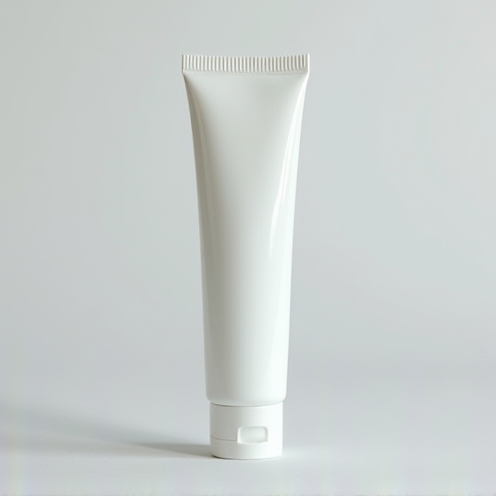Picon Cream
Product Info
| Prescription required | Yes |
| Marketer | Eris Lifesciences Ltd |
| Active Ingredient | Pimecrolimus (1% w/w) |
| Storage | Store below 30°C |
| Chemical Class | Macrolide Lactams |
| Habit Forming | No |
| Therapeutic Class | DERMA |
| Action Class | Immunosuppressant- Calcineurin inhibitors |
| User Rating | 4.8 |
| User Reviews | 785 |
FAQ
















Picon Cream Reviews
Picon is used for external use. It should be used 2-4 times a day on the affected area or use it as suggested by the doctor. It should be applied slowly and evenly to the skin until it is rubbed in. You should not use it too often and you should not cover the treated area with a bandage or plaster. You must inform your doctor if there’s no improvement even after two weeks of treatment or if the skin gets worse.
Use of Picon may cause some common side effects such as headache, nasopharyngitis, cough, influenza, fever, and viral infection. It may also cause reactions at the site of application like burning, irritation, itching and redness. This medicine is not normally recommended during pregnancy or while breastfeeding unless it is clearly needed.
How Picon Cream Works
How to Use Picon Cream
Benefits of Picon Cream
- In Atopic dermatitis: Picon belongs to a group of medicines known as immunosuppressive agents. Although the exact cause of eczema is not known, it is thought the immune system is involved. This medicine can be used as a short-term treatment for severe eczema when other treatments have not worked or are not appropriate. It is normally used for a maximum of 8 weeks but can be effective in improving the appearance of your skin and providing relief from symptoms like itching and pain. This may help you sleep better and improve your concentration.
Uses of Picon Cream
- Atopic dermatitis
Picon Cream Side Effects

Safety Tips
Quick Tips
- Continuous long-term use of the ointment should be avoided. Use as prescribed by you doctor.
- Don't cover the area being treated with airtight dressings such as bandages unless directed by a doctor, as this may increase the risk of side effects.
- Inform your doctor if there's no improvement even after two weeks of treatment, or if the skin gets worse.
- Clean the area to be treated with water and a non-medicated soap, and let it dry completely before applying Picon.
- Apply thinly, to affected areas of skin only. Clean the affected area and dry well before applying Picon. Avoid contact with water (shower, swimming) right after application.
- Stop using Picon and consult your doctor if your eczema becomes infected.
- Picon is effective at treating eczema (atopic dermatitis) when other treatment options have failed.
References
- Pimecrolimus [Prescribing Information]. Mississauga, Ontario: Contract Pharmaceutical Limited; 2014.
- Robertson DB, Maibach HI. Dermatologic Pharmacology. In: Katzung BG, Masters SB, Trevor AJ, editors. Basic and Clinical Pharmacology. 11th ed. New Delhi, India: Tata McGraw Hill Education Private Limited; 2009. pp. 1053-54.
- Central Drugs Standard Control Organisation (CDSCO).
- Briggs GG, Freeman RK, editors. A Reference Guide to Fetal and Neonatal Risk: Drugs in Pregnancy and Lactation. 10th ed. Philadelphia, PA: Wolters Kluwer Health; 2015. p. 1121.
- Pimercrolimus. Wehr, Germany: Novartis Pharma Produktions; 2010.
- Pimecrolimus. Bishop's, Stortford: Meda Pharmaceuticals; 2011 [revised Oct. 2018].
- Burkhart C, Morrell D, Goldsmith L. Dermatological Pharmacology. In: Brunton LL, Chabner BA, Knollmann BC, editors. Goodman & Gilman’s: The Pharmacological Basis of Therapeutics. 12th ed. New York, New York: McGraw-Hill Medical; 2011. p. 1822.
